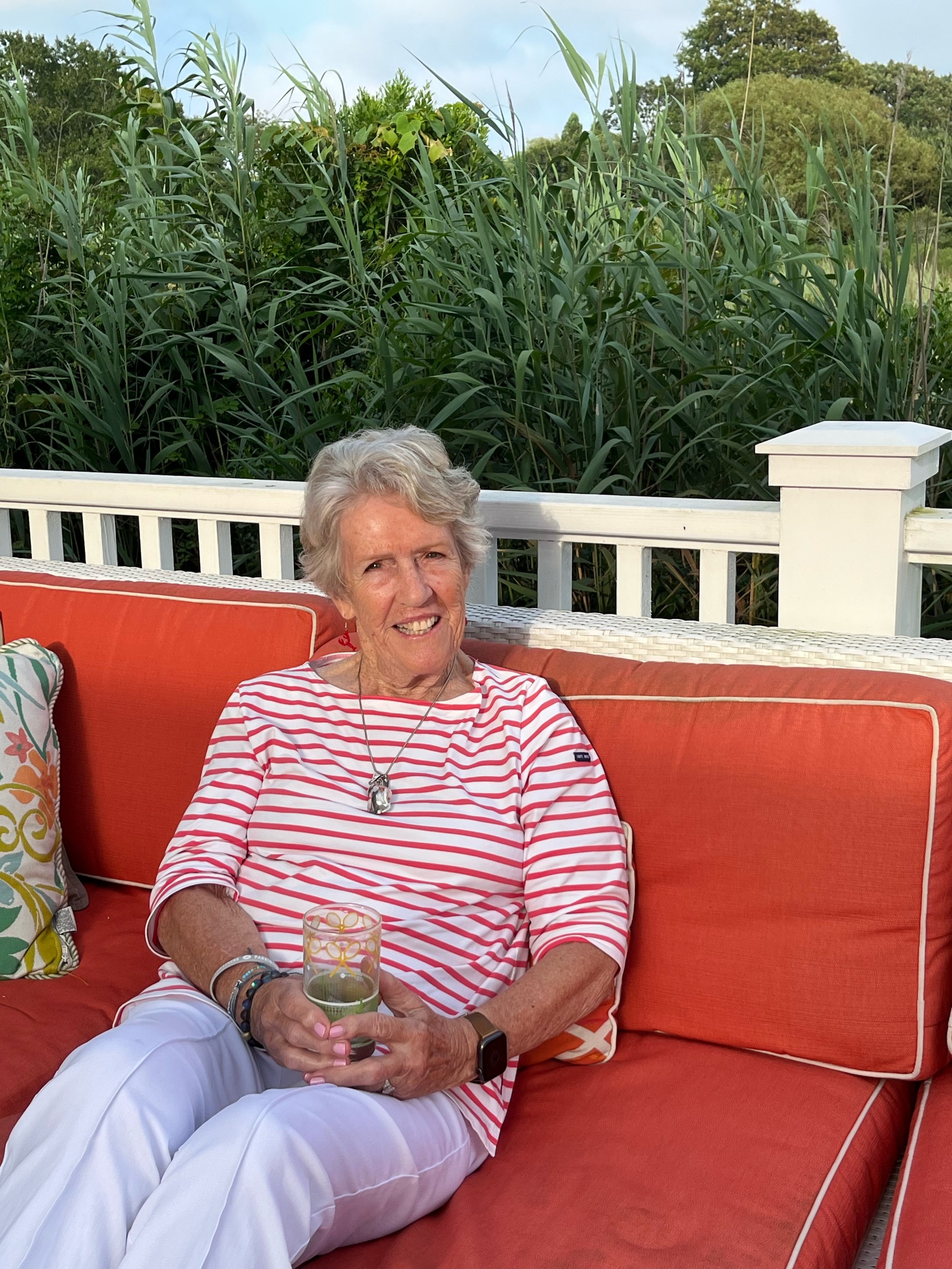BURQAS AND BOMBS
/During last Sunday’s service at Trinity Chapel, a shingled grey building nestled beneath pine trees at Mother’s Beach in Kennebunk, the congregation offered special prayers for our nations’ leaders, church officiants and members of the congregation who are sick and suffering. Then I heard a voice from the pew behind me say, “And the people of Afghanistan.”
I wanted to add: ESPECIALLY the women. We cannot forget or ignore the women of Afghanistan. Because now, with the Taliban taking iron-clad control, with Isis-K sneaking around the side door, Afghan women of every age are about to be shackled to a medieval way of life, unthinkable and incomprehensible to this liberated, voting, free-speaking American woman.
I still recall words in Khaled Hosseini’s book, A THOUSAND SPLENDID SUNS, set in Kabul after the Taliban takeover in 1996. Following his success with THE KITE RUNNER (which I breathlessly read in one night, if I remember correctly), Hosseini described a burqa as “a symbol of control over a woman.” Even young girls aged eight and nine were forced to wear burqas when the Taliban moved into city hall.
A burqa, as you know, is a pale blue or black garment covering a woman’s entire body, from the top of her head down to her toes, with only a small mesh screen allowing her to see ahead. It became mandatory dress code for women under the Taliban. It became a “symbol of control.”
Afghan women who refused to wear the burqa, or were caught outside their homes without one, were fined and beaten. Many were put in jail. Women were flogged for showing even an inch of skin under their burqas.
They were stoned to death in public if found guilty of adultery. Ironically, her male partner faced no consequence.
Twenty-five years ago under Taliban rule, schools for girls were closed. Women were prohibited form working outside the home. Women who were sick had to go to different hospitals than men. At one of those “women only” facilities, there were only 35 beds, no clean water or electricity or equipment to perform diagnoses and surgeries. At 22 hospitals in Kabul at that time, all female health workers were prohibited from performing their duties.
By 2001, Afghanistan boasted the second worst rate world-wide of women dying in childbirth — 16 out of 100 died, nearly 20%.
Women couldn’t go out in public unless a family man, such as a father, brother or husband, accompanied them. There was no exception to this rule, not even for women who needed to see a doctor.
They couldn’t drive or take a taxi without a man beside them. Their only transportation was in special buses with painted windows so that no one on the outside could see them on the inside. In the bus, the driver was separated by a curtain.
It was horrendous and horrible and is now about to be repeated. I don’t trust the Taliban leaders who promise “reforms.”
I’m relieved the “endless war” is hopefully and finally over. But my heart breaks for the people of Afghanistan: ESPECIALLY THE WOMEN.




